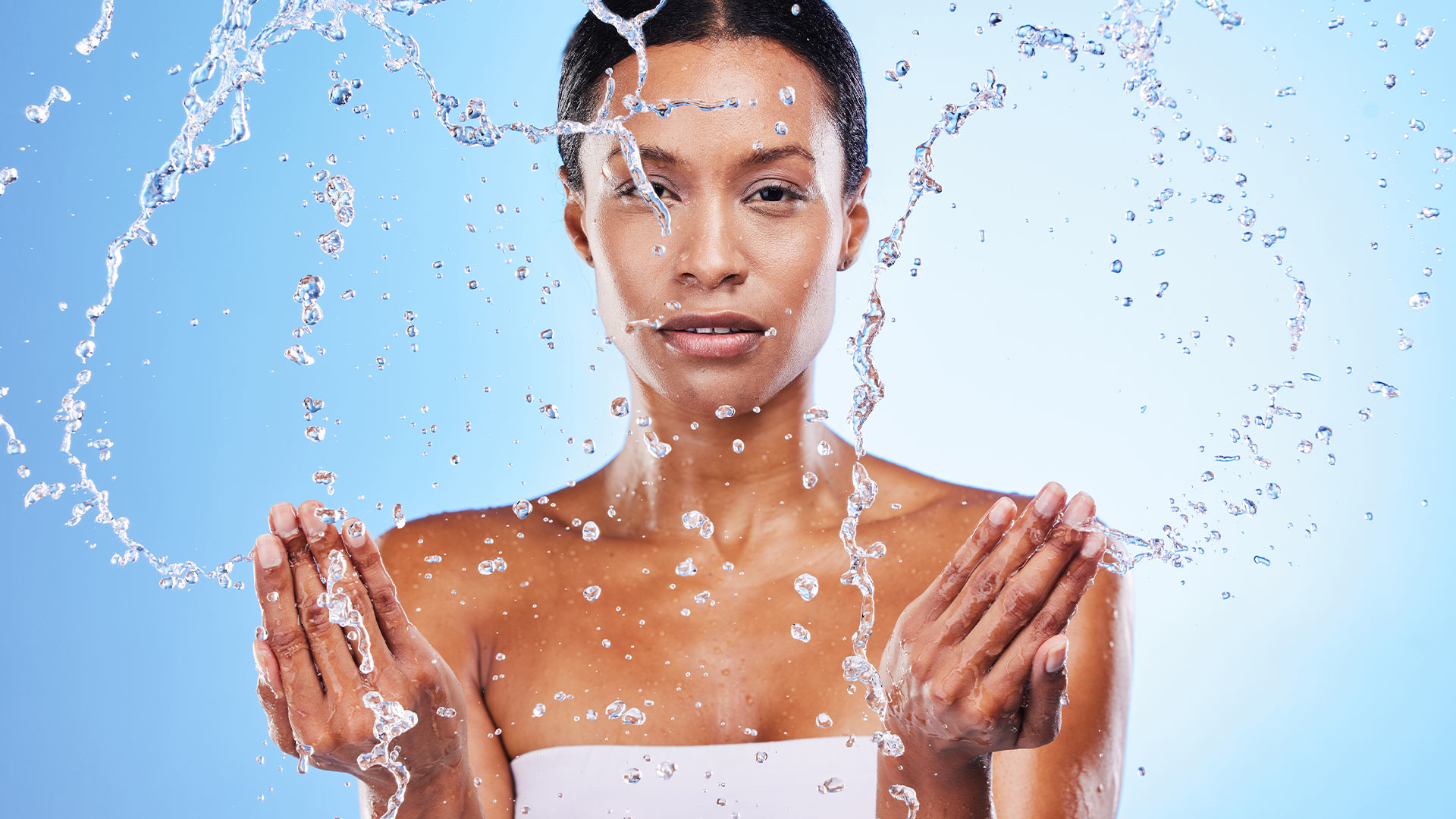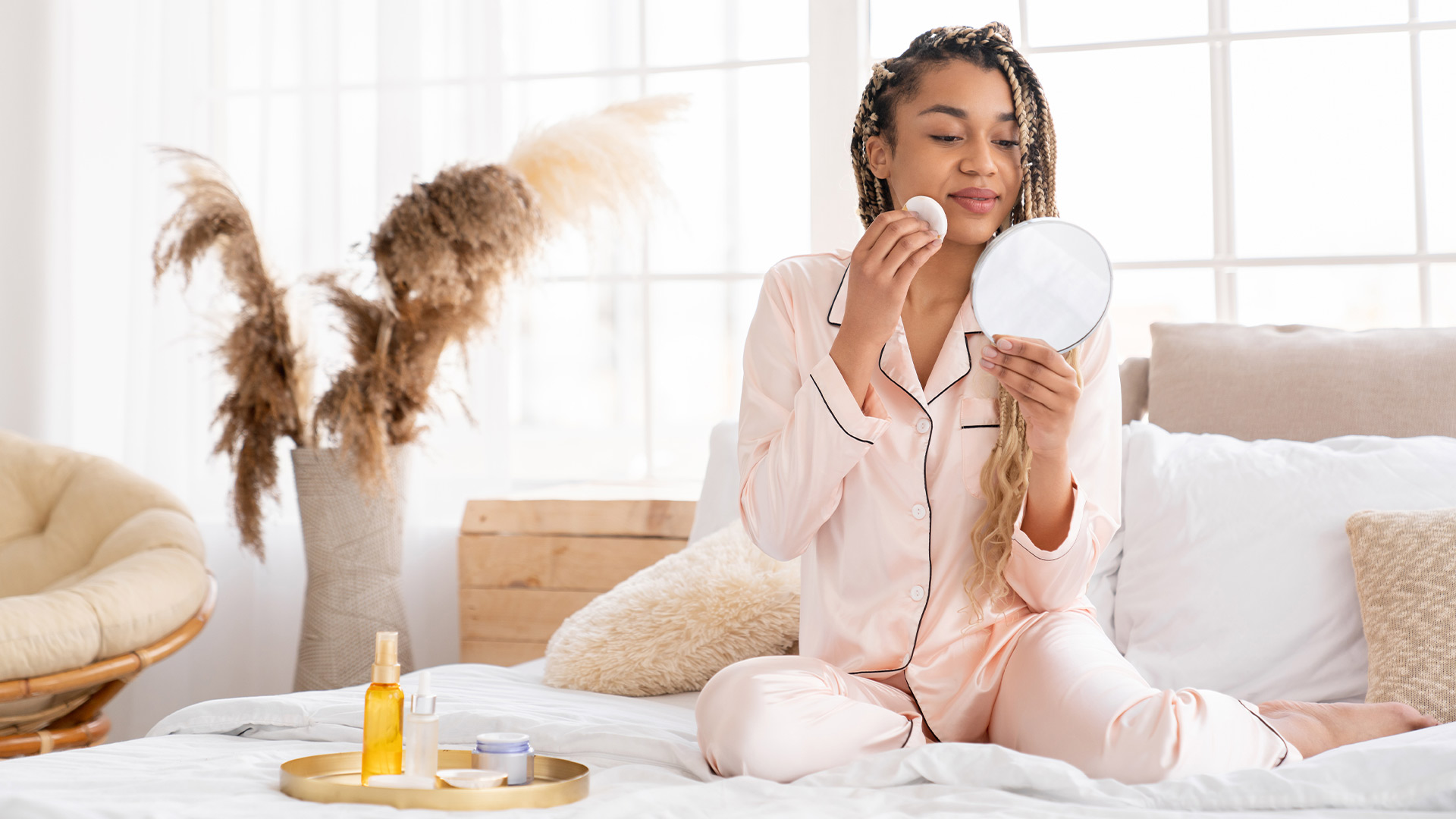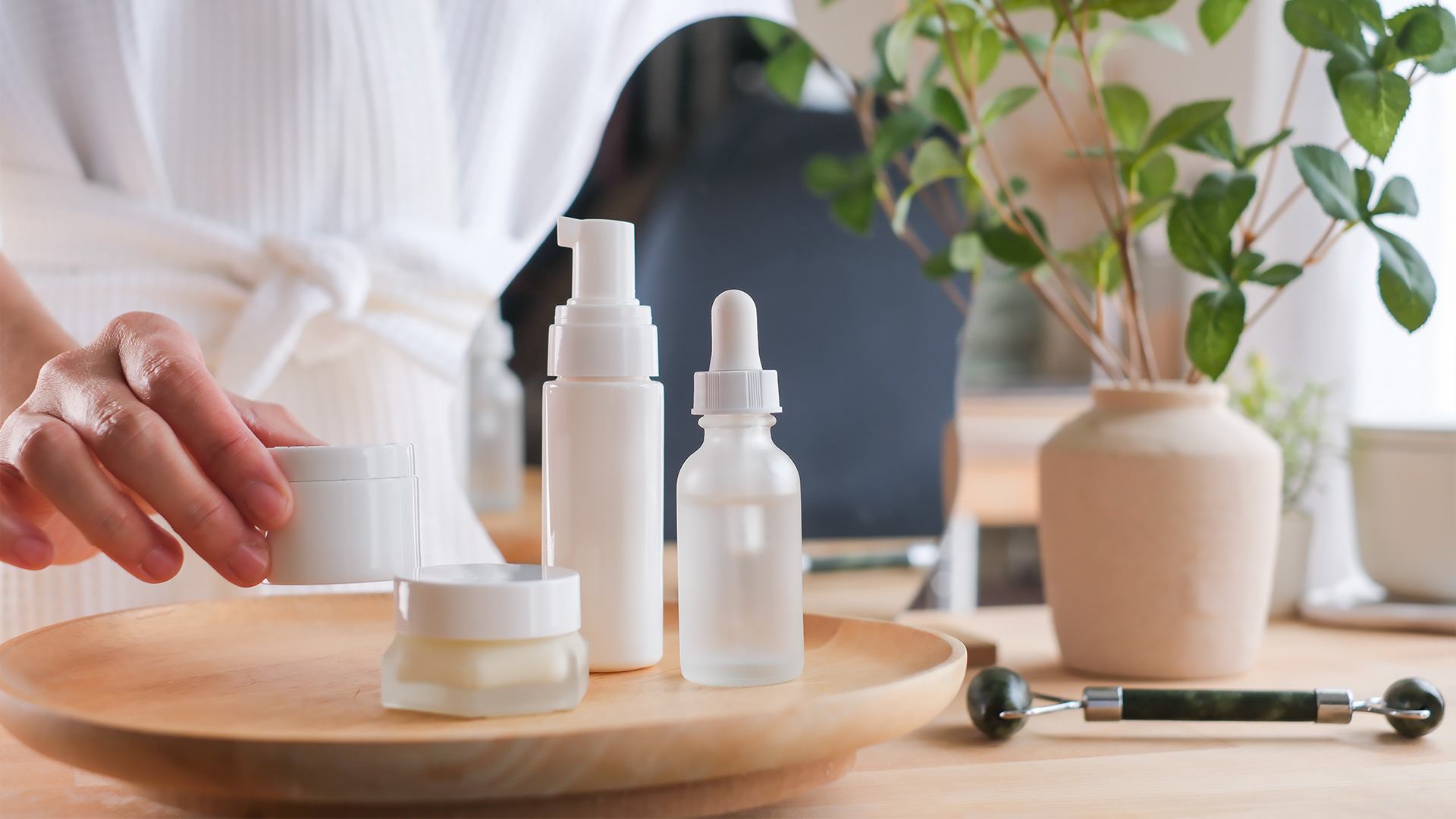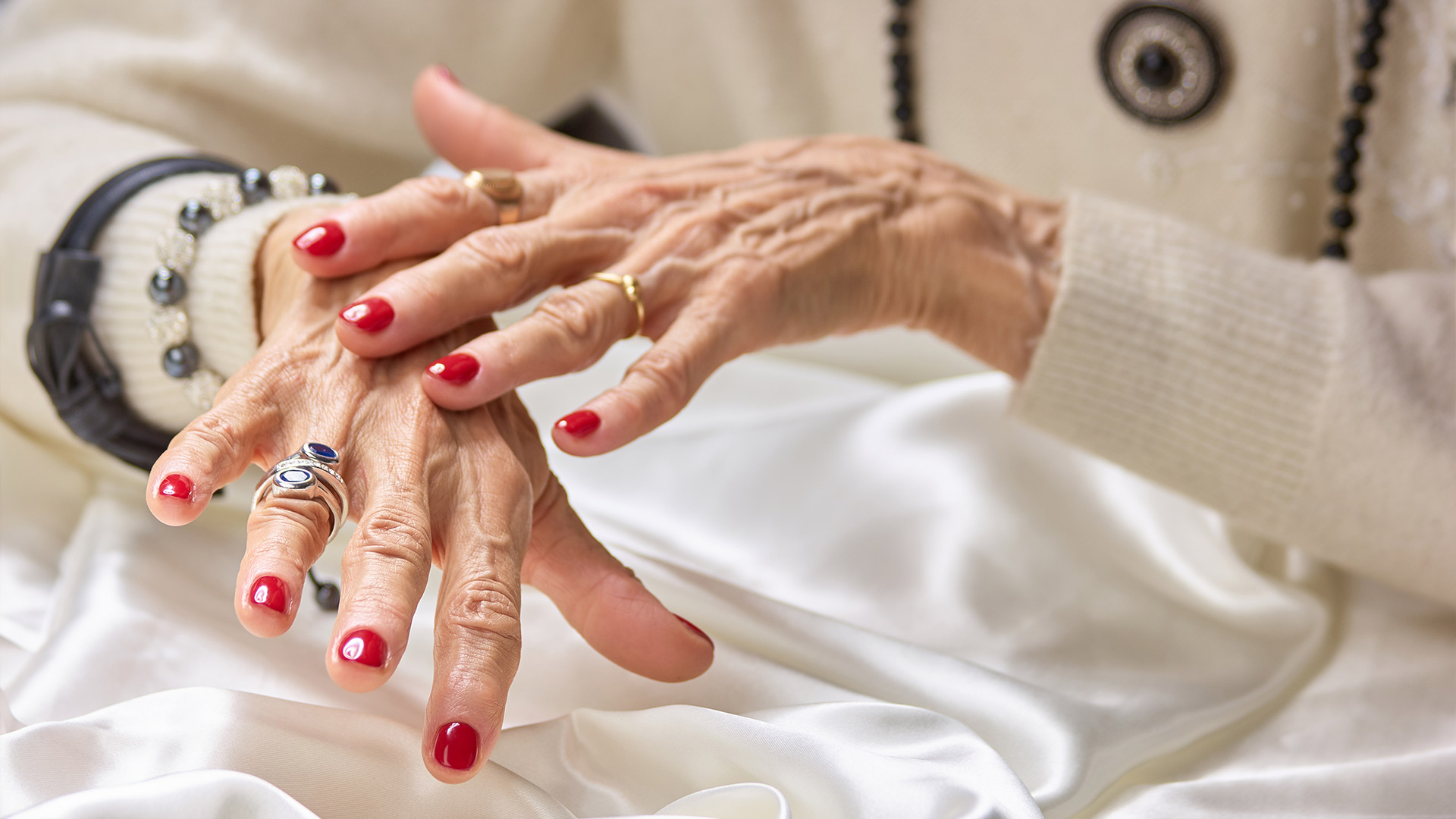We all know that dewy, bouncy, “just-had-a-facial” glow comes from hydration. But keeping your skin actually hydrated all day long? That’s a different story.
You might start the morning feeling soft and fresh, only to find your skin dry, tight, or flaky by 3 p.m. So what gives? The problem isn’t just about using a moisturizer—it’s about how (and when) you hydrate, what you’re putting on your skin, and what you’re doing to lock it in.
Here’s the full breakdown on how to keep your skin hydrated from morning to night, no matter your skin type or the weather outside.
Hydration vs Moisture: What’s the Difference?
Before we jump into routines, let’s clear something up: hydration and moisture are not the same thing.
- Hydration = water in the skin
- Moisture = oil or ingredients that lock water in
So when your skin feels dry, it might be dehydrated (lacking water), dry (lacking oil), or both. Hydrated skin is plump and resilient. Moisturized skin is soft and smooth. You need both to maintain that all-day glow.
Start with a Hydrating Cleanser (Not a Harsh One)
Many people sabotage their skin first thing in the morning by using a cleanser that’s way too stripping. If your skin feels “squeaky clean” after washing—it’s probably been over-cleansed.
Look for:
- Cream or gel cleansers with glycerin, hyaluronic acid, or panthenol
- No sulfates, no alcohol, and nothing that foams like dish soap
Tip:
Use lukewarm water (not hot!) and pat your face dry with a soft towel—don’t rub.
Apply Hydrating Products to Damp Skin
Timing matters. If you apply hydrating products on bone-dry skin, you’re not giving them anything to trap. And remember—hydration is about water. So give your products a water-rich base to work with.
Try this:
Right after cleansing, while your skin is still slightly damp:
- Apply a hydrating toner or essence
- Follow with a serum that contains hyaluronic acid, polyglutamic acid, or panthenol
- Seal it all in with a moisturizer
Why it works:
Hyaluronic acid is a humectant—it pulls water from the air into your skin. But if the air is dry, it’ll pull moisture from within your skin instead (not good). That’s why you need to layer with moisturizer on top.
Choose the Right Moisturizer for Your Skin Type
This step is key for sealing in hydration and preventing transepidermal water loss (aka water escaping from your skin into the air).
If your skin is oily or acne-prone:
- Use a gel moisturizer with glycerin, niacinamide, or green tea
- Look for “non-comedogenic” on the label
If your skin is dry or flaky:
- Go for creams with ceramides, squalane, shea butter, or fatty acids
If your skin is sensitive or compromised:
- Use fragrance-free formulas with centella asiatica, colloidal oatmeal, or allantoin
Don’t forget:
Apply moisturizer to your neck and chest—those areas lose moisture too.
Layer Your Hydration (Just Like Clothing)
Think of your skincare routine like getting dressed for the weather. You don’t go straight from a tank top to a parka, right? Same goes for skincare.
Recommended layering order:
- Hydrating toner or mist
- Water-based serum
- Emulsion or light lotion
- Cream moisturizer
- (Optional) Occlusive layer like balm or face oil at night
Night tip:
If your skin still feels dry by bedtime, try the “moisture sandwich” technique: mist, serum, cream, mist again. It helps trap water in layers.
Don’t Sleep on Occlusives
If your skin constantly feels dehydrated, especially in dry or cold weather, you might need an occlusive.
Occlusives are ingredients that form a barrier over the skin and lock moisture in. Think:
- Petrolatum (like Vaseline)
- Beeswax
- Shea butter
- Silicones (like dimethicone)
Use at night:
Dab a thin layer over your moisturizer—especially on dry patches or around your nose and eyes. This is called “slugging” and it’s not as gross as it sounds—it’s a skin-saver.
Keep a Facial Mist or Spray Handy
When your skin starts to feel dry midday (hello, office air conditioning), a hydrating facial mist can give it a quick refresh.
Look for:
- Mists with aloe vera, rose water, cucumber, or thermal spring water
- Avoid ones with alcohol or fragrance if you have sensitive skin
Tip:
After misting, gently pat your face and follow with a tiny dab of moisturizer if you can. Otherwise, the water might just evaporate and leave you drier.
Protect Your Skin Barrier Like It’s Your Job
Your skin barrier is what holds hydration in and keeps irritation out. If it’s damaged, nothing you put on will seem to work.
Don’t:
- Over-exfoliate (limit acids and scrubs to 1–3 times/week)
- Use harsh cleansers with sulfates or alcohol
- Combine too many actives (like retinol, vitamin C, and AHAs all in one routine)
Do:
- Use barrier-repairing creams with ceramides, cholesterol, and fatty acids
- Try ingredients like niacinamide, panthenol, and beta-glucan to soothe and hydrate
Hydrate From the Inside Too
You can’t skip water and expect your skincare to do all the work. Internal hydration plays a huge role in skin health.
Easy hydration habits:
- Start your morning with a glass of water (before coffee)
- Carry a refillable bottle and sip all day
- Eat water-rich foods like watermelon, cucumber, and celery
- Limit dehydrating things like caffeine and alcohol (or at least balance them out)
Bonus boost:
Some people swear by electrolyte-enhanced water or adding chia seeds to their drinks for extra hydration.
Adjust for Weather and Environment
Your hydration routine should shift with the seasons and your surroundings.
Winter:
- Use heavier creams and occlusives
- Run a humidifier indoors
Summer:
- Go lighter with gel moisturizers and mists
- Rehydrate more often, especially after sweating
Office life / air-conditioned spaces:
- Reapply mist and moisturizer midday if possible
- Keep hand cream and lip balm nearby too



